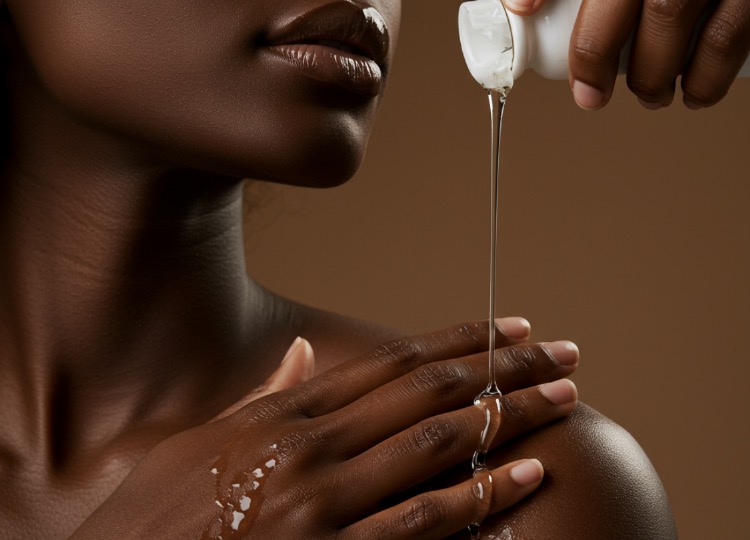
There’s something deeply grounding about African beauty. It’s rooted in nature, in ritual, in the wisdom passed from our mothers and grandmothers who somehow always seemed to have skin that glowed effortlessly under the sun. If you’re interested in exploring some powerful ingredients our ancestors used for generations for glowing skin, without the complicated routines of today’s skincare trends, you may continue reading.
It’s important to know that these beauty rituals aren’t just about how we look, they’re about how we feel: connected, confident, and in tune with ourselves. If you’re seeking a glow that goes beyond the surface, these timeless beauty secrets are your starting point. (Check out vegetables for skin that glow)
1. Shea Butter (West Africa)
- What it is: Extracted from the nuts of the shea tree, native to countries like Ghana and Nigeria.
- Benefits: Deeply moisturizing, rich in vitamins A and E, anti-inflammatory, and helps improve skin elasticity and texture.
- How to use: Apply raw shea butter as a body moisturizer or as a nighttime face balm.
2. African Black Soap (Ghana, Nigeria)
- What it is: Made from plantain skins, cocoa pods, shea butter, and palm oil.
- Benefits: Cleanses deeply, helps treat acne and hyperpigmentation, and gently exfoliates.
- How to use: Use as a daily facial cleanser or body wash – best followed with a moisturizer due to its potent cleansing properties.
3. Argan Oil (North Africa, Morocco)
- What it is: Cold-pressed from the kernels of the argan tree.
- Benefits: Packed with antioxidants, vitamin E, and essential fatty acids. Hydrates, soothes irritation, and gives skin a natural glow.
- How to use: Massage a few drops onto the face after cleansing or mix into your moisturizer.
4. Rooibos (Southern Africa)
- What it is: A red bush tea native to South Africa, often used in skincare.
- Benefits: High in antioxidants, helps fight signs of aging, and soothes sensitive skin.
- How to use: Brew as a tea and use it as a facial rinse or look for products that include rooibos extract.
5. Baobab Oil (Across Sub-Saharan Africa)
- What it is: Derived from the seeds of the baobab fruit.
- Benefits: Rich in omega fatty acids, vitamins C, D, and E; hydrates and helps repair skin barrier.
- How to use: Use as a facial oil or mix into your body lotion for a glowing skin.
6. Marula Oil (Southern Africa)
- What it is: Extracted from the fruit of the marula tree, found mainly in Namibia and South Africa.
- Benefits: Lightweight yet moisturizing; helps reduce redness, boosts collagen, and gives skin a radiant look.
- How to use: Apply directly to the skin or mix with foundation for a dewy finish.
7. Clay Masks (Rhassoul Clay, North Africa)
- What it is: A natural mineral clay from Morocco.
- Benefits: Detoxifies the skin, tightens pores, and improves skin texture.
- How to use: Mix with water or rose water into a paste and apply as a weekly face mask for glowing skin.
8. Water and Clean Eating (Pan-African Practice)
- What it is: Many African cultures emphasize hydration and natural, plant-rich diets.
- Benefits: Clearer, more hydrated skin from the inside out.
- How to use: Drink plenty of water and include fruits like watermelon, pawpaw, and baobab fruit in your diet.
Radiant skin has always been part of the African story not as a trend, but as a testament to the harmony between our bodies and the earth. These time-honored beauty practices aren’t about perfection; they’re about presence. Whether it’s the nourishing richness of shea butter or the age-defying power of rooibos, these rituals remind us that beauty is both inherited and nurtured. As you embrace these timeless African ingredients, may you find not only a glow on your skin, but a deeper connection to your roots, your wellness, and your natural essence. Your glow is your heritage so wear it with pride.






